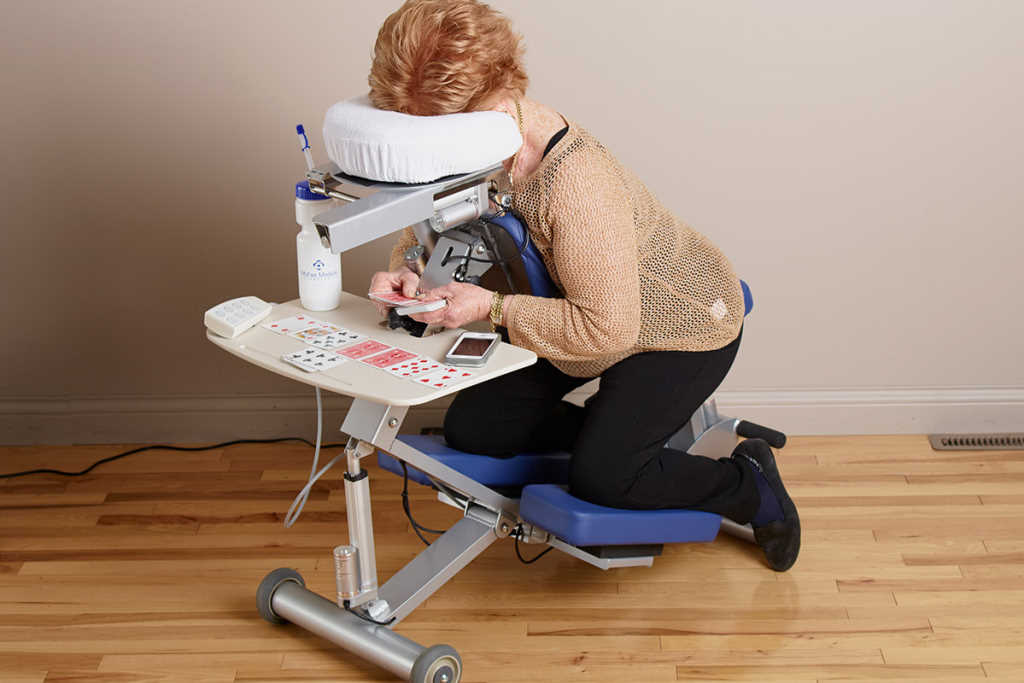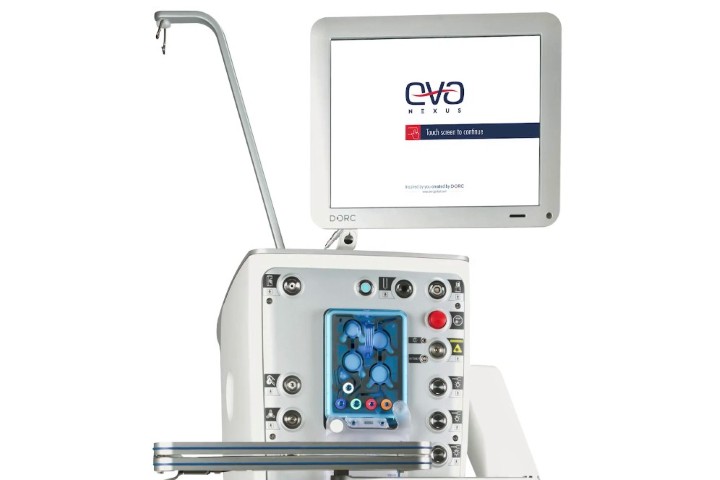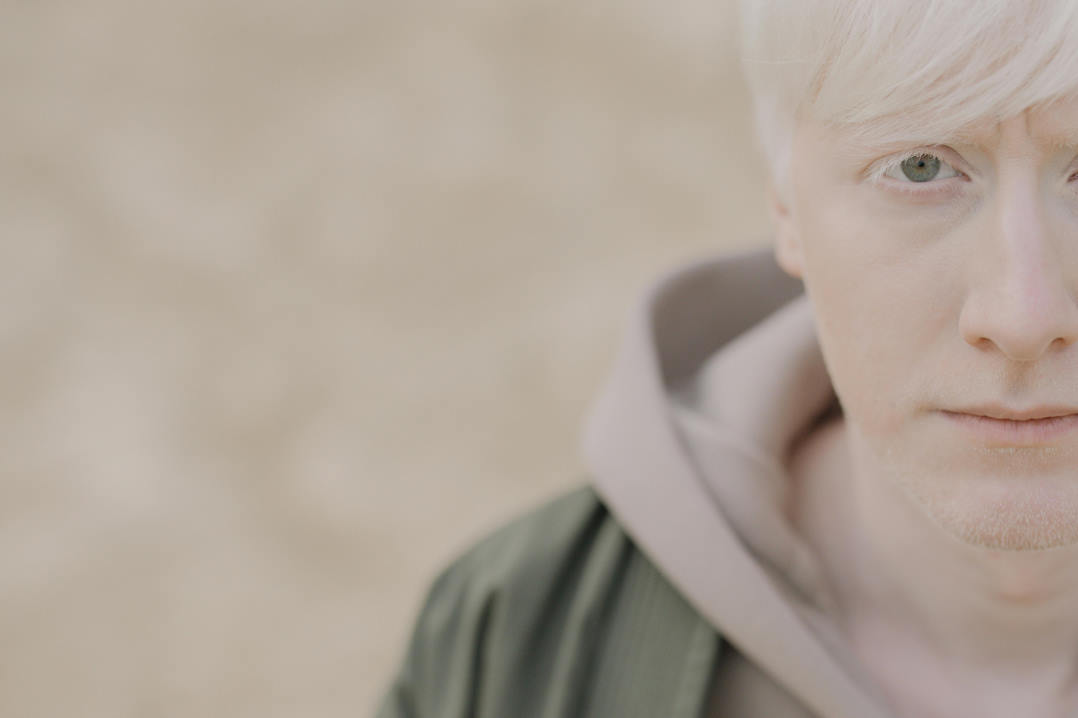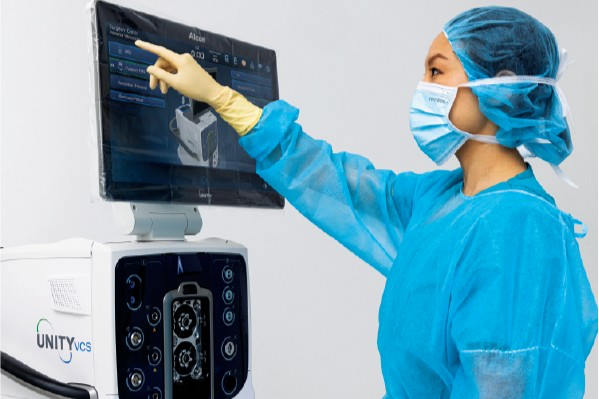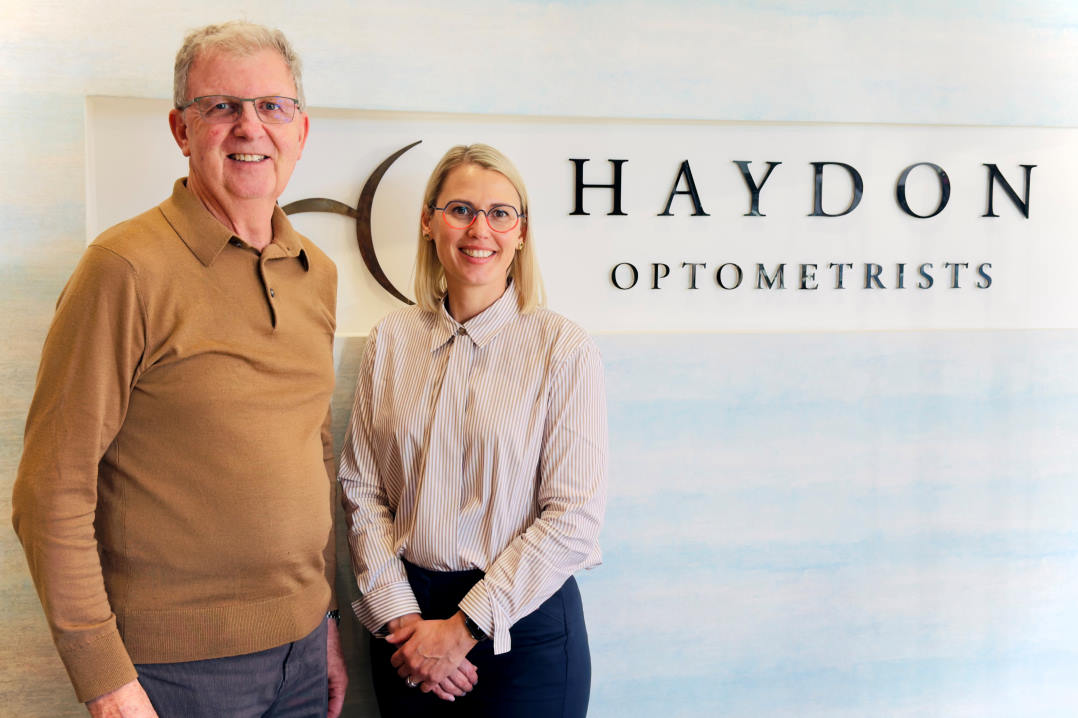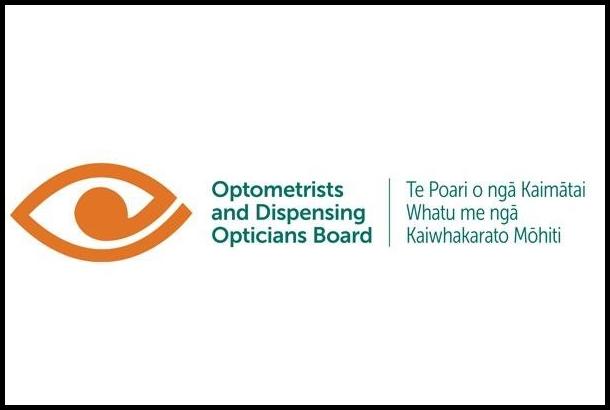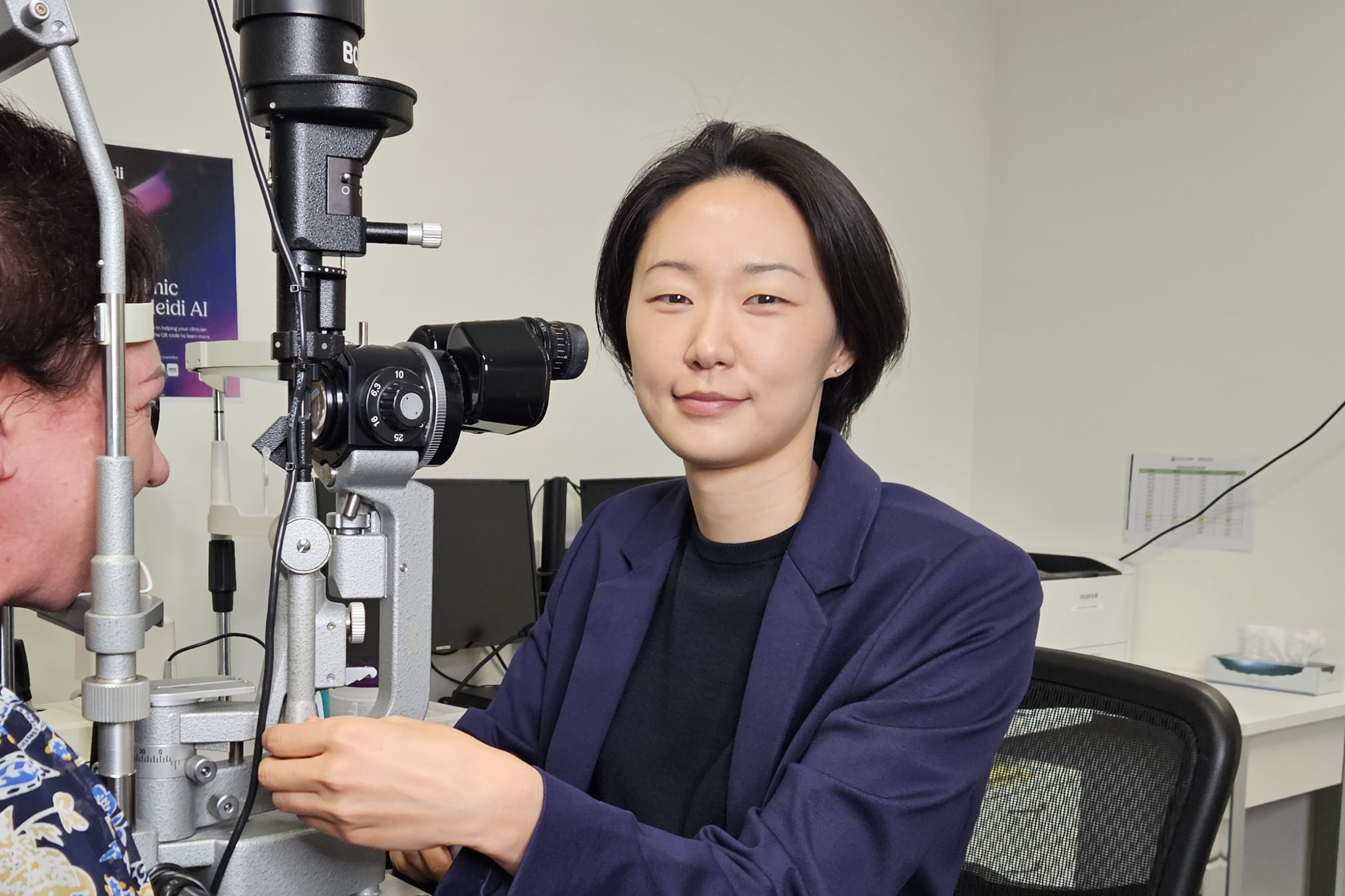Face-down superior for RD repair
Face-down positioning significantly outperformed support-the-break positioning in a UK post-retinal detachment (RD) repair study.
“To our knowledge, this is the first study to systematically examine retinal displacement or postoperative distortion at different points after RD repair,” said study lead, Dr Edward Casswell of Moorfields Eye Hospital.
While macula-involving rhegmatogenous RD repair usually succeeds from an anatomical point of view, as many as 89% of patients experience postoperative distortion, said researchers. “Vitreoretinal surgeons advise various positions after this procedure, but with little evidence to show that one is better than another.”
This six-month, single-masked randomised, multicentre clinical trial included adult patients with fovea-involving rhegmatogenous RD; patients with central visual loss within 14 days; and those undergoing primary vitrectomy and gas surgery, under local anesthetic. Participants were randomised 1:1 to receive face-down positioning or support-the-break positioning for 24-hours postoperatively. Of the 239 patients analysed, at six months retinal displacement was detected in 42% of the face-down group compared with 56% of the support-the-break group. The degree of displacement was also lower in the face-down group. Researchers found no statistically significant differences in best-corrected visual acuity in distortion scores or quality of life scores between the two groups, however, they noted an increased rate of binocular diplopia in the support-the-break group.
Published in Jama Ophthalmology, the study did not examine “no-position” or a macula-dependent position, which is advocated by some surgeons, acknowledged researchers.









